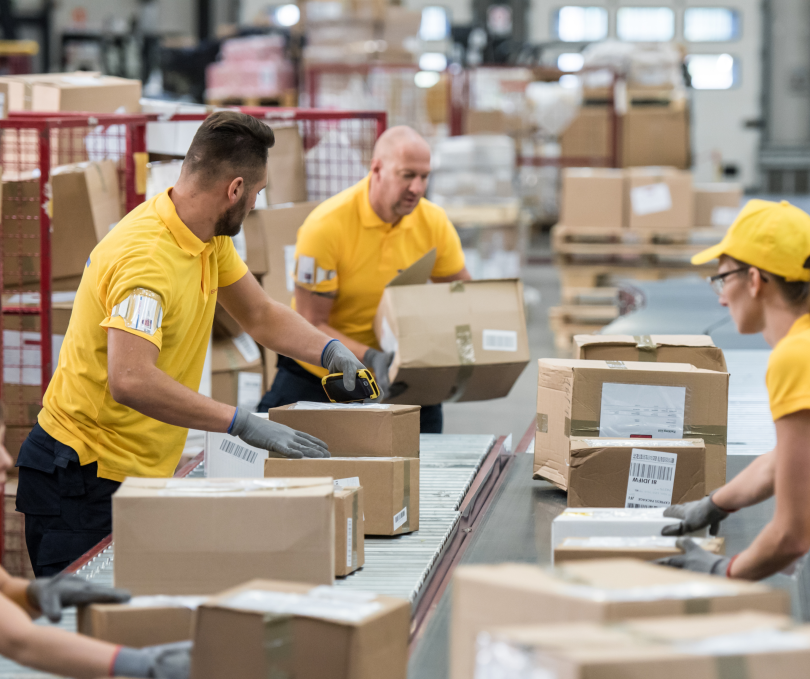Efficient shipping operations rely heavily on the organization of shipping supplies. These supplies can quickly become chaotic and more challenging to manage without a proper system. However, effective organizational strategies can streamline shipping processes and ensure smooth operations, whether running a small online business or a large distribution center.
Organizing shipping supplies goes beyond just appearances; it is crucial for maintaining efficiency throughout the operations. A well-organized supply area plays a vital role in supply chain management, offering numerous benefits directly impacting the business’s success. Maintaining order significantly boosts productivity. With everything neatly arranged, the time spent searching for specific items is minimized, accelerating the packing process and allowing your business to meet its shipping goals consistently. With a small footprint, the AirSaver ASFX2 machine is lightweight and easily fits just about anywhere. Our air pillows are rolled flat and filled on demand, requiring minimal space while eliminating unnecessary clutter.
An organized system enables accurate tracking of stock levels, reducing the risk of running out of essential supplies unexpectedly. This tactic is particularly critical for packing staples like void fill and protectant wrap, ensuring timely replenishment and preventing disruptions to operations. There are times when orders increase, and immediate packing product replenishment may not be an option. AirSaver carries a few months’ worth of supplies and can deliver within 1-3 days nationwide, ensuring minimal stoppage time.
Proper organization helps prevent damage to delicate items by storing supplies appropriately, ensuring they remain in pristine condition until use. This process benefits operations and enhances customer satisfaction by guaranteeing that items arrive in optimal condition. A well-organized workspace maximizes efficiency and creates a comfortable environment for personnel. By optimizing storage space and maintaining cleanliness, morale is enhanced, and a professional image is projected to customers.
Core Shipping Supplies Organization Tips
- Corrugated Cardboard Boxes: Designate storage space and group boxes by size for easy retrieval.
- Air Pillows and Wraps: The flat rolls of air pillows require minimal storage space and are filled on-demand with an AirSaver air cushioning machine, enhancing efficiency during packing.
Strategies for Effective Organization
- Create a Dedicated Packing Station: Designate an area solely for packing activities, ensuring it is well-stocked and organized with all necessary supplies.
- Invest in Adequate Storage Solutions: Utilize shelving units, storage bins, and drawer units to keep supplies organized and easily accessible.
- Implement a Restocking System: Regularly monitor stock levels and promptly replenish supplies to avoid shortages.
- Maintain a Clean Workspace: Establish a routine for cleaning and organization to prolong the lifespan of supplies and enhance productivity.
Implementing and maintaining an organized shipping station is essential for efficient and successful business operations. By implementing these strategies, you can optimize productivity, prevent supply shortages, and maintain a professional work environment, setting the stage for streamlined shipping procedures. For more tips, contact an AirSaver representative at 800.782.2175.















